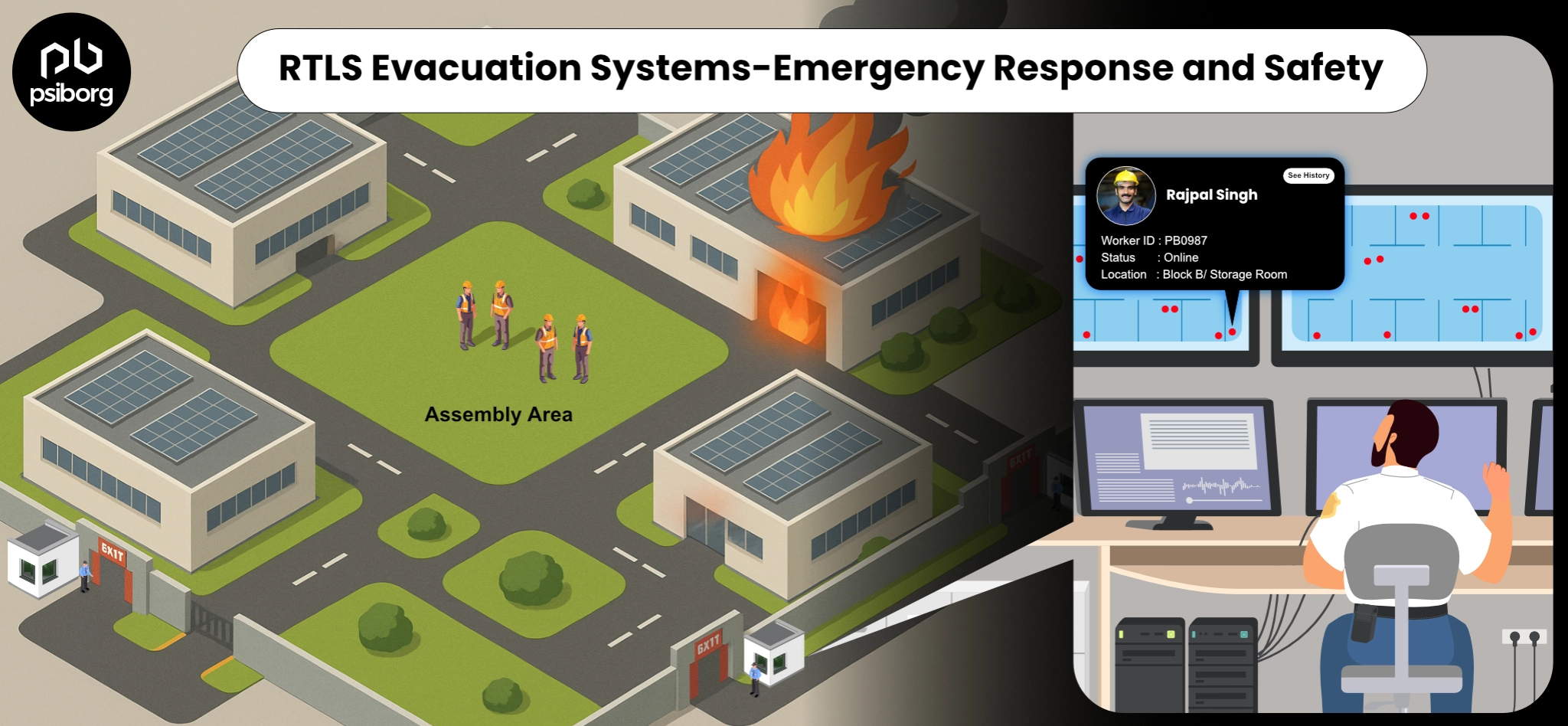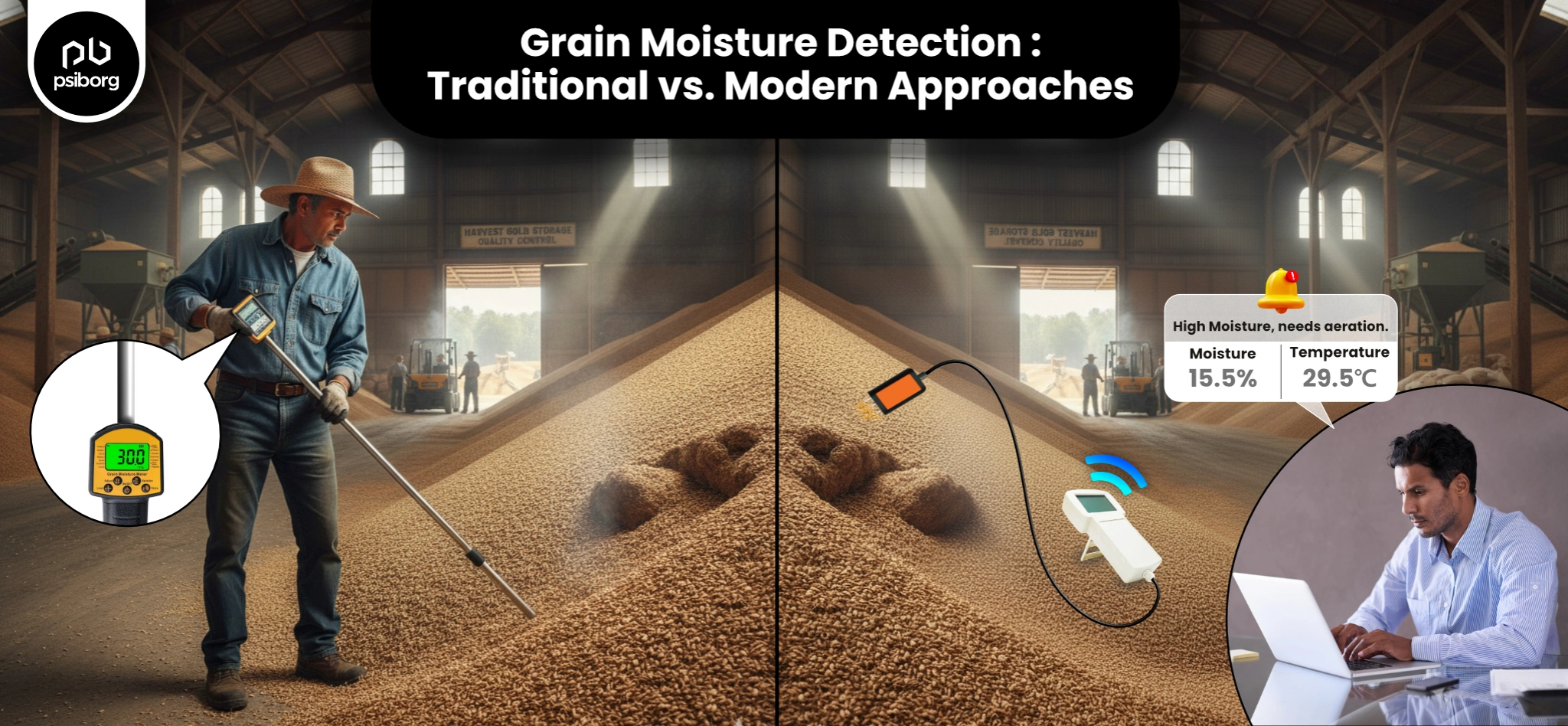LoRa sensors networks are a combination of two terms: LoRa (Long Range) and wireless sensor networks. Now, before knowing more about this, let us first understand what these two terms mean.
Wireless LoRa Sensor Network
A wireless sensor network is defined as a self-configured and infrastructure-less wireless network that is used to monitor physical and environmental conditions like temperature, sound, vibration, pressure, motion, pollutants, etc. The data collected from wireless sensors is passed to the gateway through the network where it is observed and analysed. This data is further sent to the cloud.
Long Range
Long Range (LoRa) is a wireless technology that is capable of offering long-range, low-power, and secure data transmission for IoT devices. It was developed by a French company called Cycleo. LoRa is used to connect sensors, gateways, machines, devices, etc. wirelessly to the cloud. It is a chirp-based spectrum modulation that has low power characteristics and can be used for long-range communication. LoRa has different operating bands for different regions. They are-
- 915 MHz band for the USA
- 868 MHz band for Europe
- 865 to 867 MHz and 920 to 923 MHz band for Asia
Some key features of LoRa-
- Long Range
- Low Power
- Secure
- Low Cost
- High Capacity
Why Use a LoRa Sensor Network?
Wireless Sensor networks are very popular and have widespread use in the field of IoT. However, there are primarily two challenges faced by WSN: energy consumption and coverage area. Recent advancements are being made to enhance the performance of WSN, and that is what gave rise to the LoRa Sensor Network, which uses low energy and has a long-range of coverage. These features of the LoRa Sensor Network make it ideal for applications where the network infrastructure has to work in an autonomous manner for a longer time and over a wide range of areas. Today LoRa sensors can be found in major applications of IoT like smart homes, smart agriculture, etc. Let’s have a closer look at some of these applications in detail.
Applications of LoRa-Based Sensor Network
LoRa-based sensor networks enable real-time, long-range, and low-power communication between sensors and controllers. These networks are ideal for remote monitoring and automation across various sectors.

Smart Home Using LoRa
LoRa-based wireless sensor networks aim to monitor different devices and sensors and update the user in real time. The main focus is on monitoring smoke, humidity, temperature, and other environmental parameters. This system allows remote monitoring and raises an alarm if the value from any sensor goes beyond the threshold. LoRaWAN (Long Range Wide Area Network) modules connect sensors to microcontrollers, which can be connected over the internet for better communication.
LoRa-Based Smart Agriculture
Many sensors today are being used for the collection of various types of agricultural data. But these sensors can only perform data collection; they lack effective use and analysis of this data. To solve this problem, an intelligent platform has to be developed. This platform can be used to collect information from the field and transmit it to remote computers to be analysed. LoRa technology is a great fit for this as it can transmit data over a long range, is battery-operated, and can be used for several years without changing the batteries, which is very suitable for outdoor activities like the fields.
Livestock Monitoring Using LoRa Sensor Network
Along with applications in agriculture, LoRa is important for cattle farmers to track and detect anomalies in cattle behaviour in real-time. Farmers put LoRa sensors on the collars and tags of the cattle to track their location in real-time and alert the farmers in case any cattle wander out of their designated area or in case of a theft. These sensors can track the health of the cattle and farmers can take early action to separate them from the herd to prevent any spread of infection. Data tracked remotely can be sent to veterinarians anywhere in the world.
Office Temperature Monitoring Using LoRa Sensors
IT centers and data centers require a large amount of high-performing computers installed at their facilities. It is found that 60% of energy consumption in these offices goes towards cooling computers because of the over-designing of the cooling system. The introduction of a low-cost, battery-operated LoRa sensor network can be very beneficial for long-term temperature monitoring.
Real-time data acquired along with historical data can be used to detect problems and predict possible thermal issues all while improving the energy efficiency of the office.
Building a Management System Using LoRa
Rapid development and automation of business management systems have only been held back by kilometres-long cable wires. The advent of LoRa sensors eased the placement of wires due to its wireless technology. Adding on to that, LoRa consumes little power unlike power-hungry WiFi and cellular networks. Incorporating LoRa into building management systems can simplify management, reduce environmental impact, reduce costs significantly and enhance safety.
Energy Monitoring System Based on LoRa
In recent years, many renewable energy plants have opened up globally. But these renewable energy sources are difficult to operate on a planned schedule and have volatile outputs. Management of these renewable energy resources becomes easy by collecting, analyzing, and responding to information continuously generated at these plants. LoRa sensor networks have become very important here to support wide-area networking and to provide low-cost wireless solutions.
Moreover, LoRa-based Energy Monitoring can be implemented in societies and big industries where power consumption needs to be managed.
LoRa-Based Smart City
In a smart city, applications range from connecting city services like lighting, parking, waste removal, etc. optimizing utilities and personnel to save time and money. As these applications involve a large number of people using them at high frequency, these systems need to have low energy consumption, be portable, and overall have a low cost in the long run. To meet all these requirements LoRa based Sensor Network is used.
LoRa-Based Sensor Network For Environment Monitoring
This system is consistently used to monitor the environment in industries. Temperature sensors, gas sensors, and flow sensors are installed in industries for monitoring and for the safety of the people working there. Air Quality Monitoring is one of the important aspects, considering the increase in pollution. These sensors keep a constant track and send the data to the microcontroller. If any value is out of normal, then immediate action is taken by informing the appropriate authorities. All these sensors that can communicate to the gateway using various LPWAN technologies, LoRaWAN is one and most widely used.
Offline Monitoring System in Military or Defence
In the future, the battlefield is going to be filled with numerous sensors, actuators, devices and information sources. Battles have always been one of the primary sources of technological advancements. Hence, when it comes to technology, the military never lags behind. The same was the case with the LoRa-based sensor network. LoRa is used for various purposes in the military like arms and ammunition management, location and health of soldiers, fleet management, identification of the enemy, etc.
Also Read: WSN on LoRa explained.
Suggested Reading: IoT Application in Military Field
The LoRa sensor network is widely used in wide-area communication. There is still a lot of research undergoing to implement this technology in various other sectors of life.
Found this technology interesting and wanted to know more about our wireless sensor network solutions in IoT? Contact us at PsiBorg as we are the best IoT service Providers in India.
FAQs
The LoRa protocol stands for Long Range. They are designed for simple IoT devices that require long range and long battery life.
The LoRa protocol is a low-speed wireless solution that is a bi-directional, ultra-long range, and ultra-accurate technology. This makes it ideal for use cases like smart cities, agriculture, and remote monitoring where connectivity and battery life are important.
The stated transmission range of LoRa is more than 10km, approximately between 15km – 20km.





